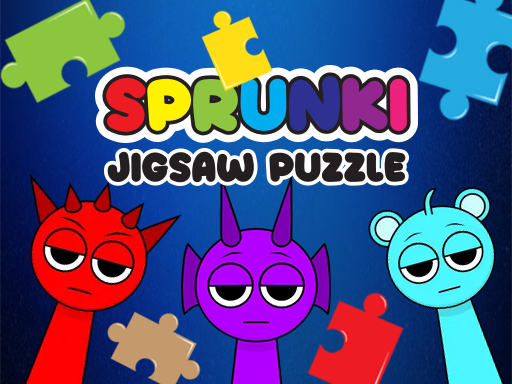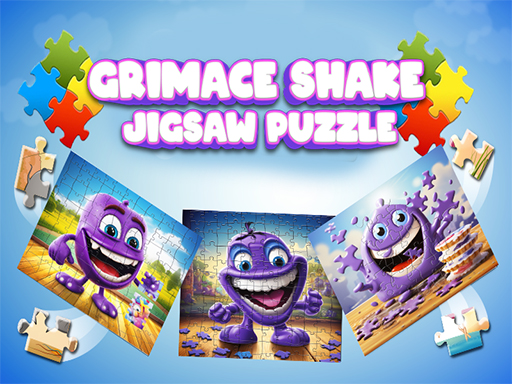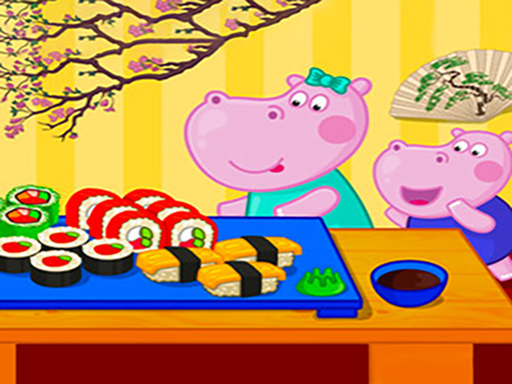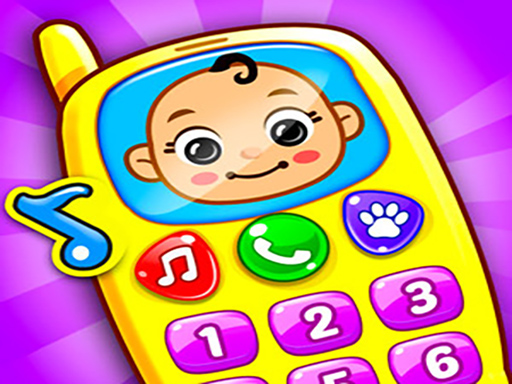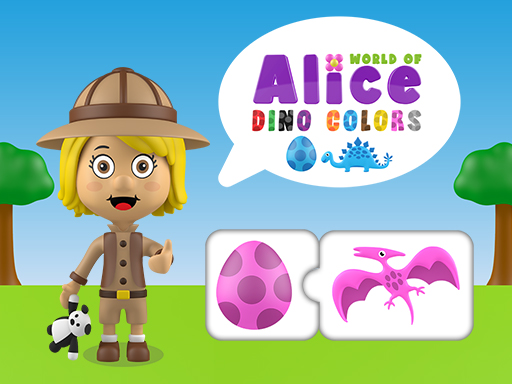
Enter Alice’s Colorful Dinosaur World
Why Kids and Parents Love Dino Colors
Have you ever seen a dinosaur hatch an egg and thought, “Which color does it belong to?” That’s the charming premise of World of Alice – Dino Colors. From the first tap, children step into a vibrant, prehistoric world where colors, logic, and curiosity come together.
The game combines learning and entertainment in a way that feels effortless. Kids don’t just play—they explore, analyze, and make decisions. Have you noticed how children often remember colors faster when they’re associated with fun characters? That’s the magic here. Each egg-to-dinosaur match reinforces memory, recognition, and reasoning.
The beautifully designed graphics, smooth animations, and cheerful sound effects immerse children in a world where learning feels like an adventure. Each dinosaur has a personality, making the learning experience both engaging and emotionally rewarding. And with accessibility across tablets, phones, and computers, children can enjoy this world anytime, anywhere.
Now that we’ve whetted your appetite, let’s explore the gameplay mechanics, controls, and objectives that make this game a fantastic educational tool.
Gameplay Mechanics, Controls, and Objectives
How World of Alice – Dino Colors Works
The core gameplay is simple yet effective. Children are presented with dinosaur eggs of different colors and must match each egg to the corresponding dinosaur. This seemingly straightforward task involves observation, decision-making, and logical thinking.
Core Mechanics:
-
Color Matching: Identify the correct dinosaur for each colored egg.
-
Progressive Levels: Difficulty increases gradually, introducing more colors and combinations.
-
Interactive Feedback: Positive reinforcement for correct matches and gentle guidance for mistakes.
-
Scoring & Rewards: Each successful match earns points, unlocking new levels or dinosaur companions.
Controls — Intuitive and Child-Friendly
-
Touchscreen Devices: Tap the egg and then the corresponding dinosaur.
-
PC/Browser: Use the mouse to click and drag eggs to the right dinosaur.
-
Observation Skills: Encourage children to notice subtle color shades.
Have you noticed how repeated matching helps children internalize color recognition while also exercising memory and reasoning? That’s exactly what makes this game both fun and educational.
Next, let’s explore strategies for children to maximize learning and engagement.
Strategies for Children: Learning While Playing
Boosting Color Recognition and Logical Thinking
World of Alice – Dino Colors is perfect for children developing early reasoning and observation skills. Each level is a mini-challenge that encourages careful thinking and attention to detail.
Step-by-Step Tips for Kids
-
Observe Before Matching: Take a moment to study the colors carefully.
-
Use Process of Elimination: If unsure, rule out obvious mismatches first.
-
Repeat and Reinforce: Repetition strengthens memory and pattern recognition.
-
Celebrate Every Match: Positive reinforcement builds confidence.
-
Experiment With Colors: Encourage children to notice subtle differences between shades.
Mini-dialogue:
Child: “I’m not sure which dinosaur this egg goes to.”
Parent: “Look closely at the shades. Which one matches the egg best?”
Child compares and selects correctly.
Child: “Yes! I got it right!”
Next, we’ll see how parents can enhance the educational value without taking over the play experience.
Strategies for Parents: Supporting Learning and Engagement
Encouraging Independent Thinking
Parents can facilitate learning by prompting reflection: “Which colors do you see in the egg?” or “Why do you think this dinosaur matches?” Asking questions encourages children to think critically rather than guess.
Linking Gameplay to Early Learning
Matching games reinforce visual discrimination, memory, and logic. For complementary learning activities, resources like National Geographic Kids provide fun ways to explore colors, animals, and reasoning in real-world contexts.
For children ready for advanced challenges, the game progressively introduces more complex color patterns and combinations, which we’ll discuss next.
General Player Strategies: Mastering Color Matching
Observation, Patience, and Pattern Recognition
For older children or general players, success comes from careful observation and strategic matching. Have you noticed how quickly your brain starts predicting where eggs should go after a few rounds? That pattern recognition is a key skill enhanced by the game.
Strategy Table
| Objective | Recommended Action | Quick Tip |
|---|---|---|
| Accurate Matching | Focus on the exact shade | Avoid rushing; subtle differences matter |
| Memory Reinforcement | Repeat difficult matches | Use mental recall to strengthen memory |
| Pattern Anticipation | Observe recurring sequences | Predict where certain eggs might go next |
| Level Efficiency | Complete matches with minimal mistakes | Fewer errors increase reward points |
| Engagement | Explore all dinosaurs | Interaction builds curiosity and connection |
Next, let’s look at maximizing fun, learning, and replay value in the game.
Maximizing Fun, Learning, and Replayability
Experimentation and Discovery
The real joy of Dino Colors comes from exploration. Each level allows players to try different approaches, experiment with colors, and learn through gentle trial and error. Have you noticed how kids light up when discovering a color they hadn’t matched before? These moments turn learning into play.
Learning Through Gameplay
The game subtly develops logic, memory, and observation. Asking reflective questions like, “Which egg was tricky?” or “How did you know this dinosaur was the match?” encourages analytical thinking while keeping the experience enjoyable.
On the other hand, collecting points, unlocking new dinosaur friends, and seeing progression motivates players to keep learning and engaging.
Emotional Storytelling: Joy in Every Match
Celebrating Micro Wins
Every successful egg-to-dinosaur match is a mini-triumph, reinforcing positive learning experiences. Children feel proud and motivated, developing resilience and confidence.
Mini-Dialogues and Anecdotes
Child: “I didn’t get it!”
Parent: “Try comparing the shades carefully; what stands out?”
Child re-examines and matches correctly.
Child: “Yes! I did it!”
These micro-wins make World of Alice – Dino Colors a memorable, interactive, and educational adventure.
Next, we’ll provide final tips, social sharing ideas, and key takeaways for both children and parents.
Final Tips, Social Fun, and Takeaways
Key Strategies for Success
- 🎨 Observe First: Study egg colors before matching.
- 🕵️ Compare Carefully: Look for subtle differences in shades.
- 🔄 Repeat to Reinforce: Practice strengthens memory and logic.
- 🦖 Explore Creatively: Engage with all dinosaurs and patterns.
- 🏆 Celebrate Achievements: Small wins build confidence and joy.
Platforms and Access
World of Alice – Dino Colors is accessible on tablets, phones, and computers, making it ideal for home, school, or travel. Tap on-screen or click with a mouse to match eggs with dinosaurs and enjoy a seamless learning experience.
Conclusion: Learn, Match, and Celebrate
World of Alice – Dino Colors turns simple color matching into an educational adventure. Children enhance logical thinking, color recognition, and observation while having fun. Each level becomes a story of curiosity, trial, and triumph.
So, tap, match, and celebrate — can you help all the dinosaur eggs find their perfect colored home?
For Your Social 📱
#DinoColors #WorldOfAlice #EducationalGame #ColorMatching #LearningThroughPlay #KidsGames #LogicFun #InteractiveLearning

